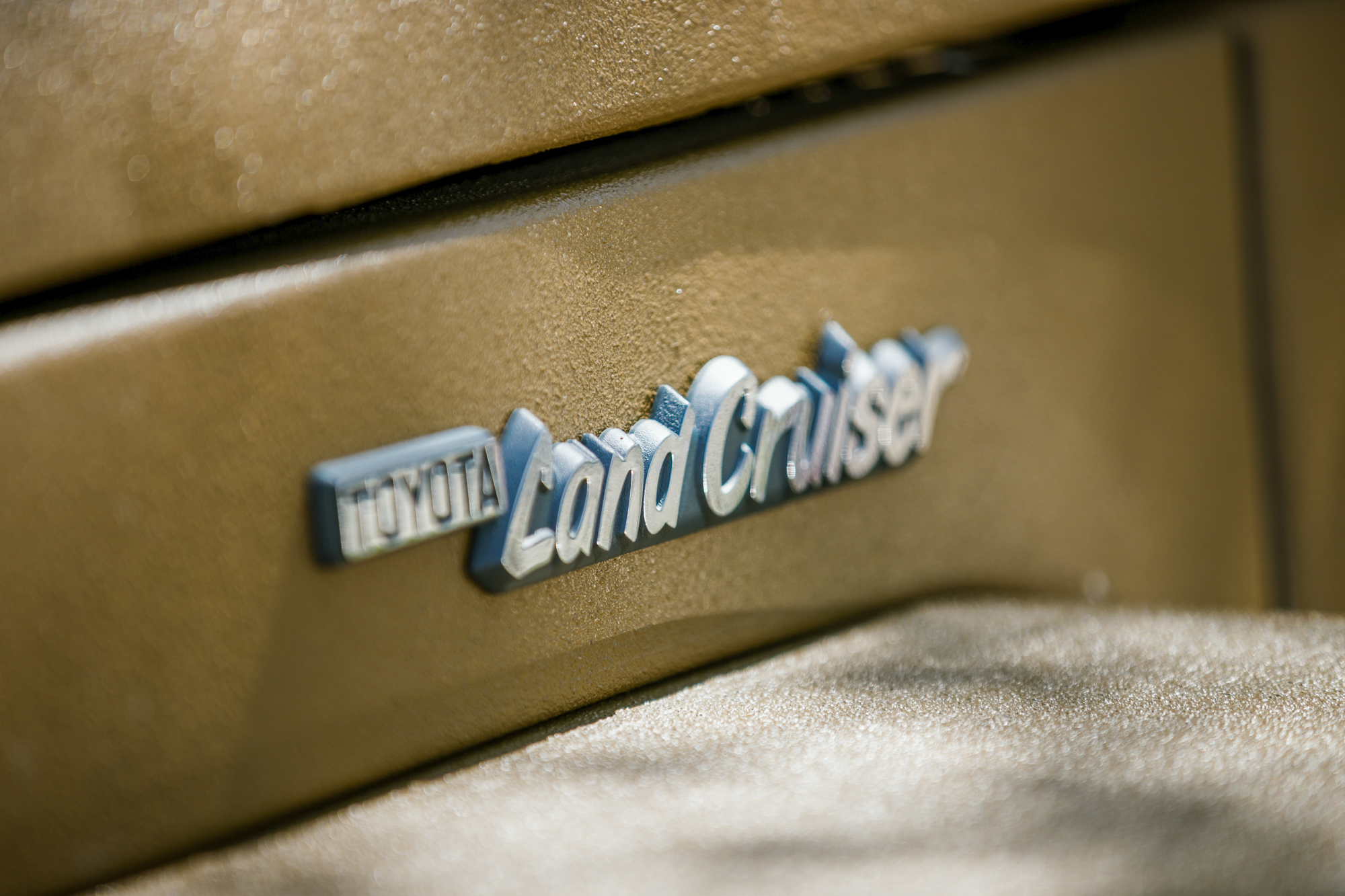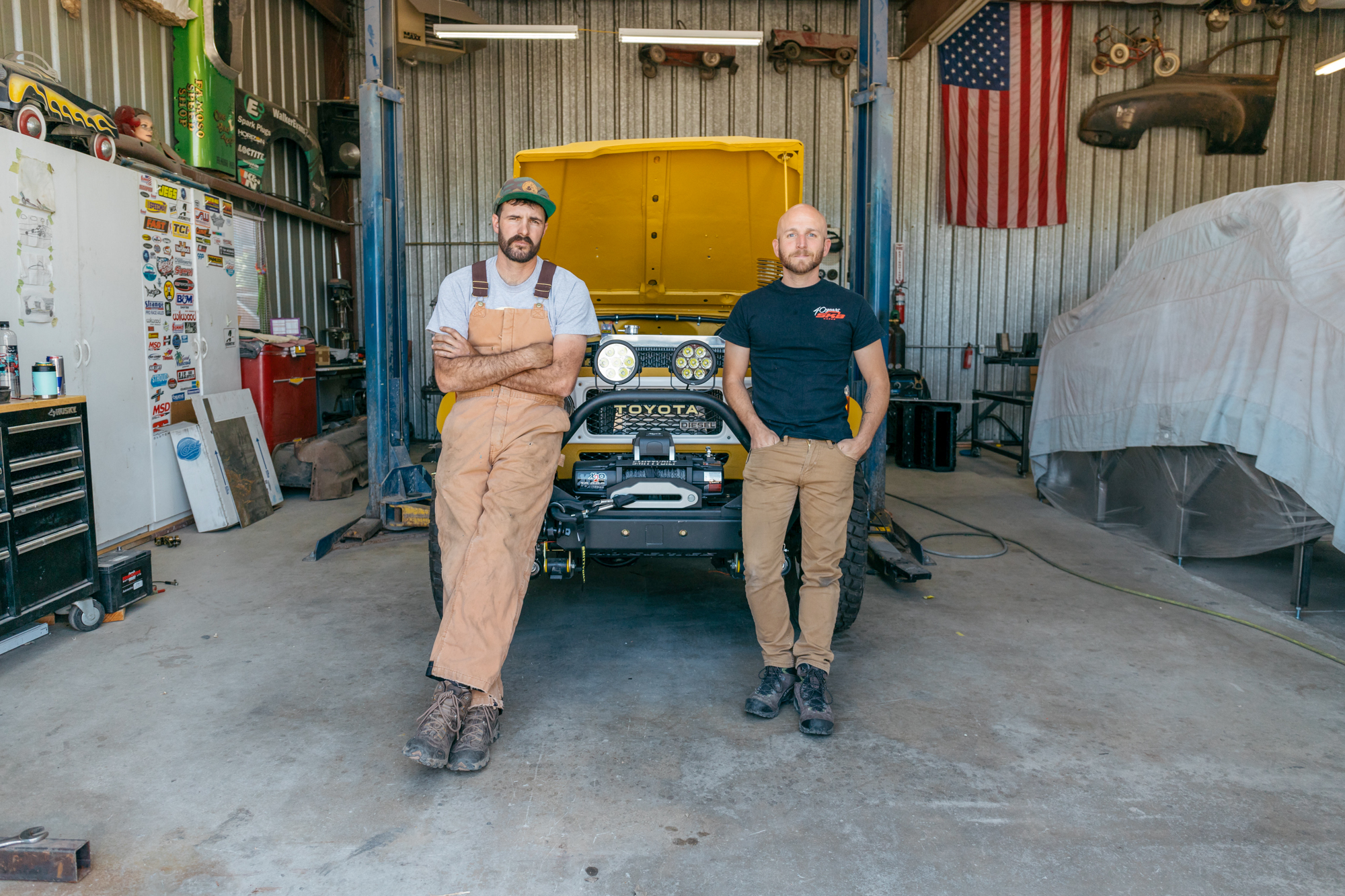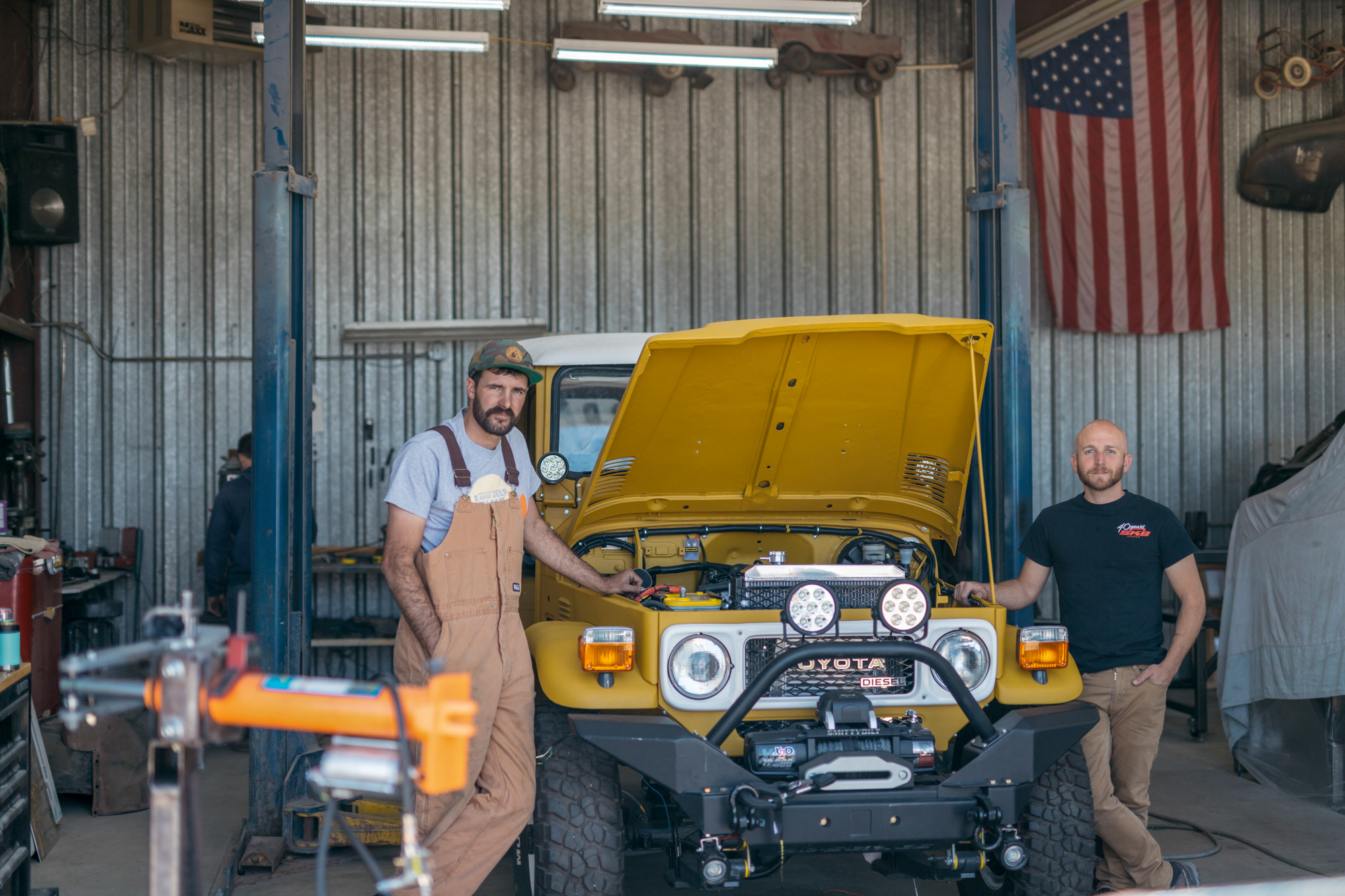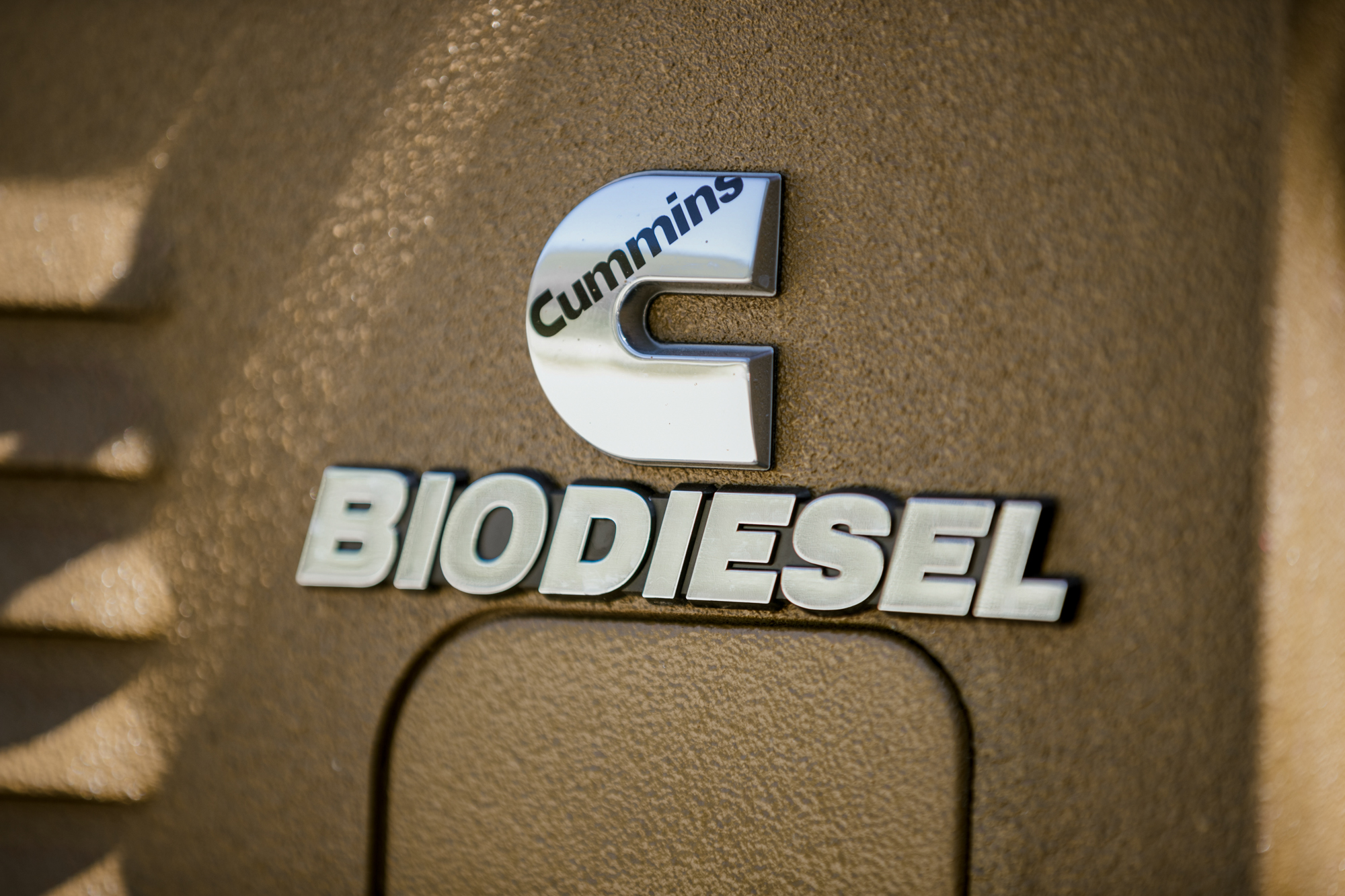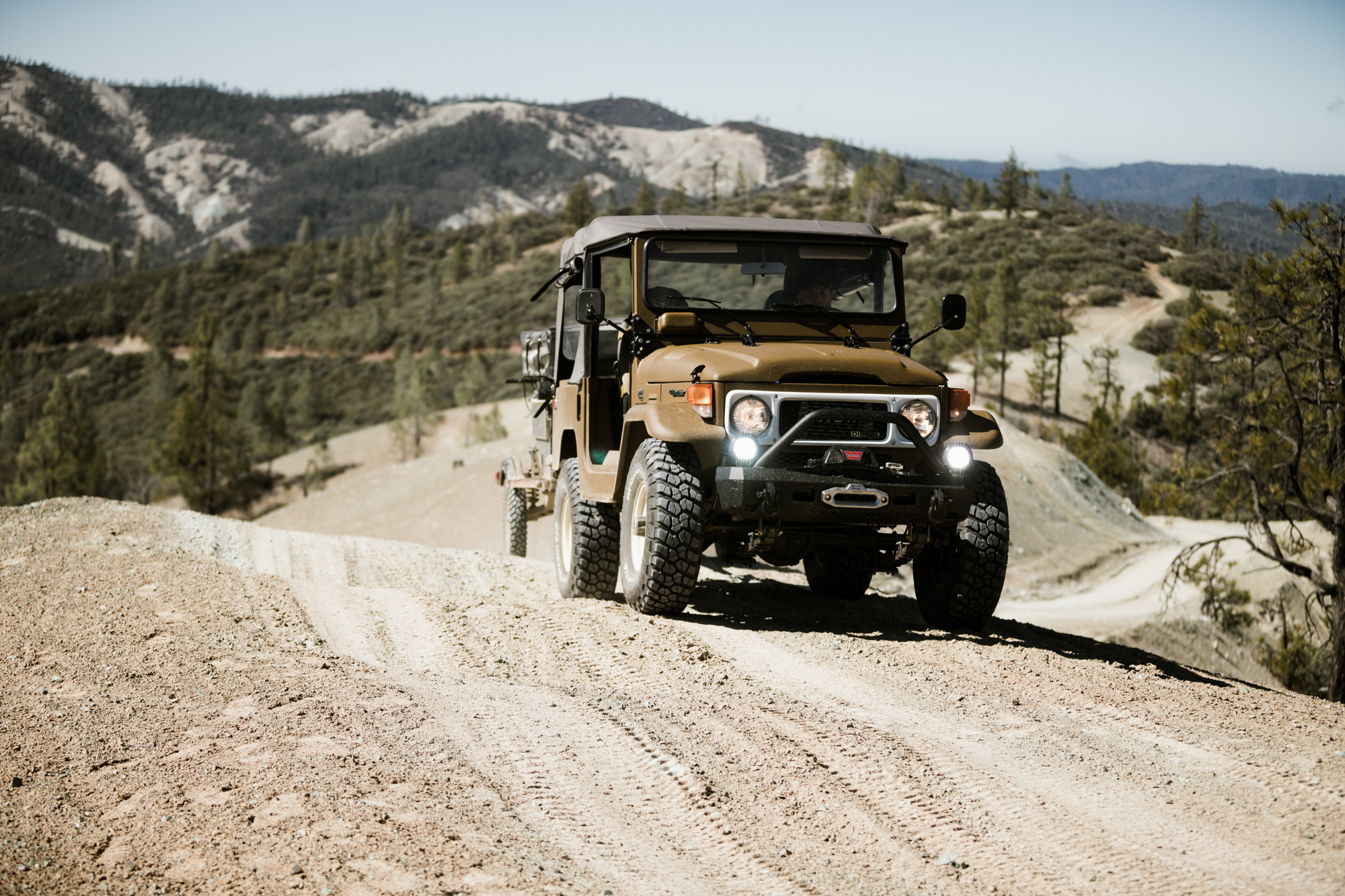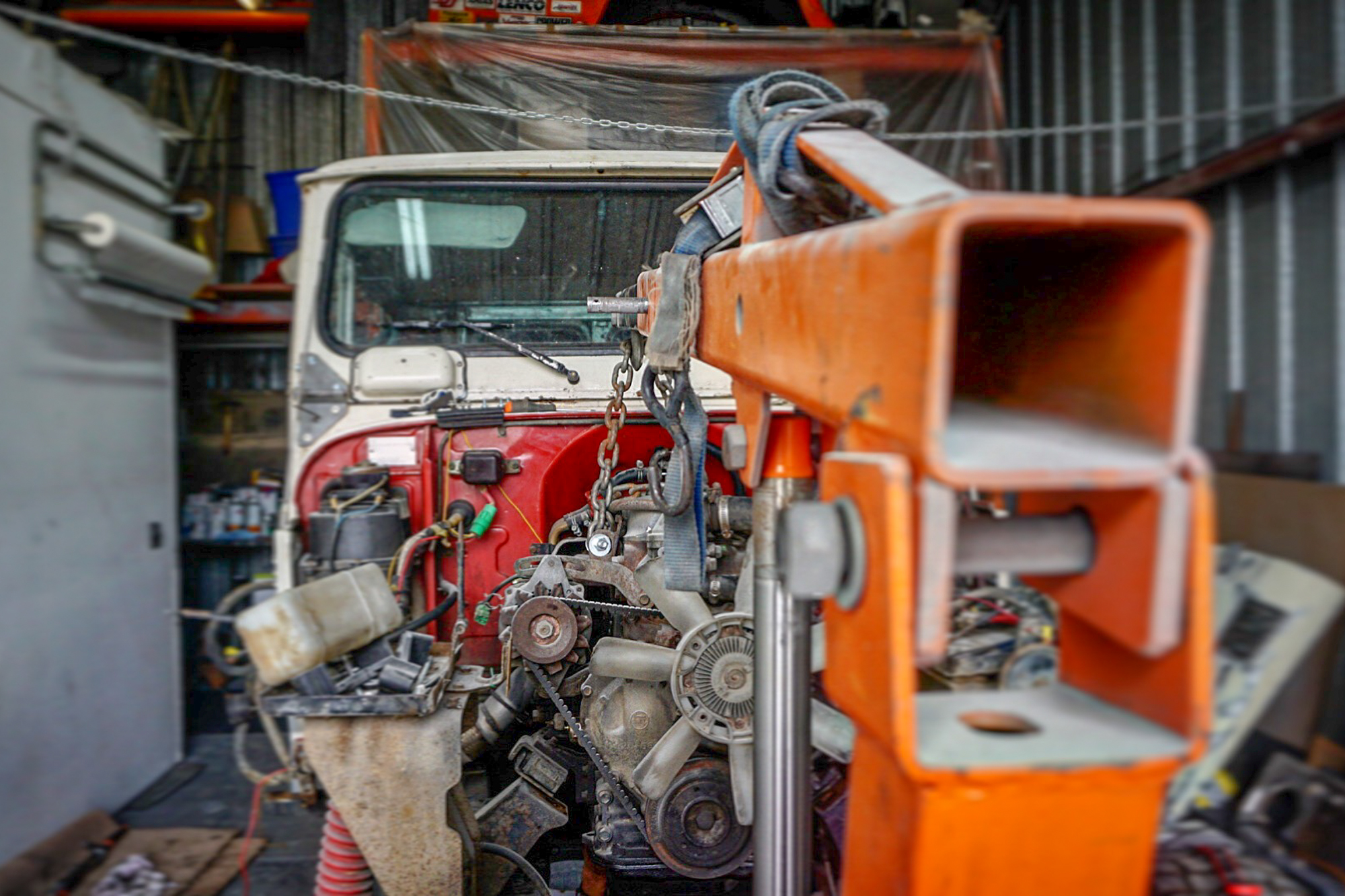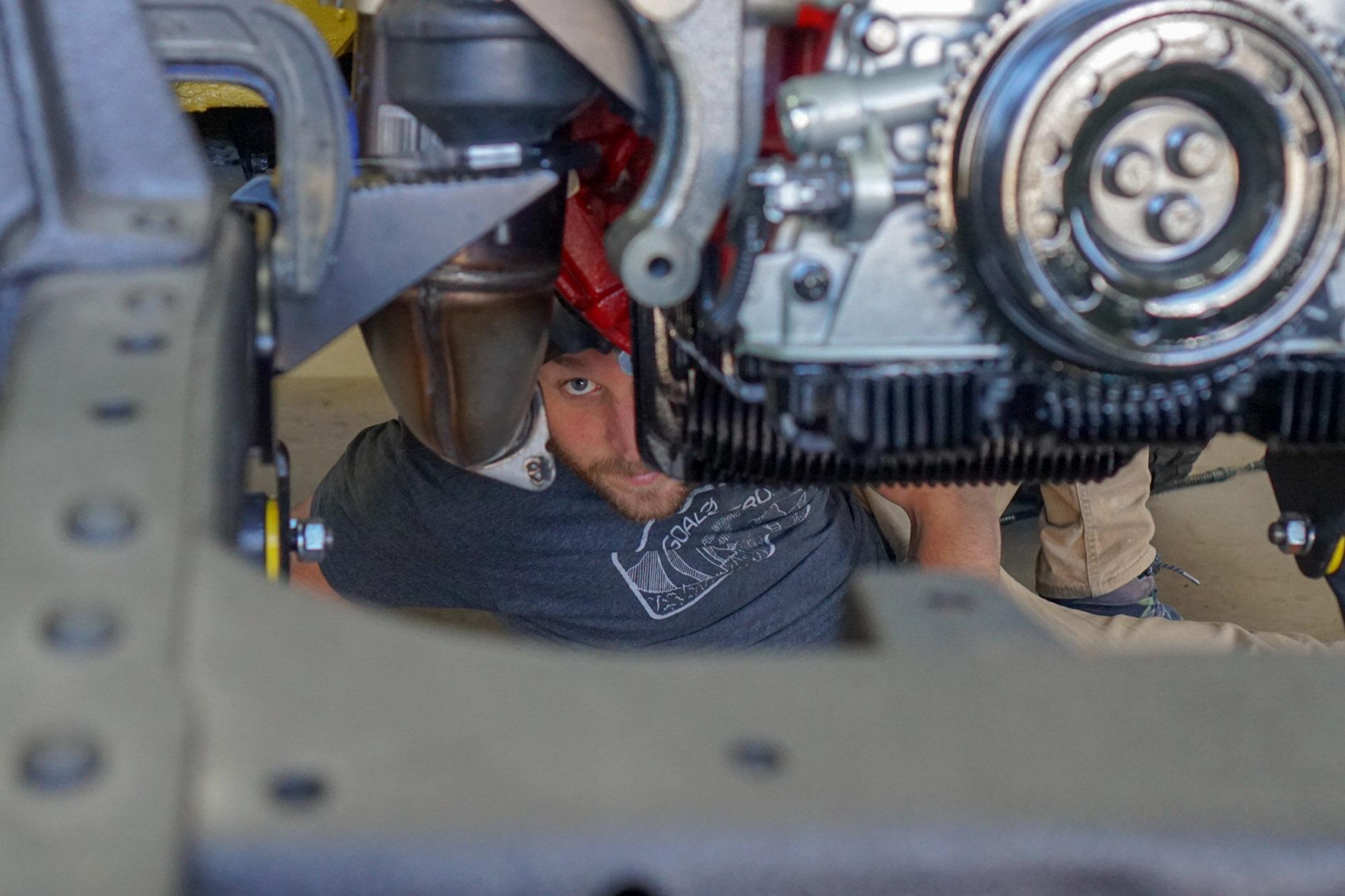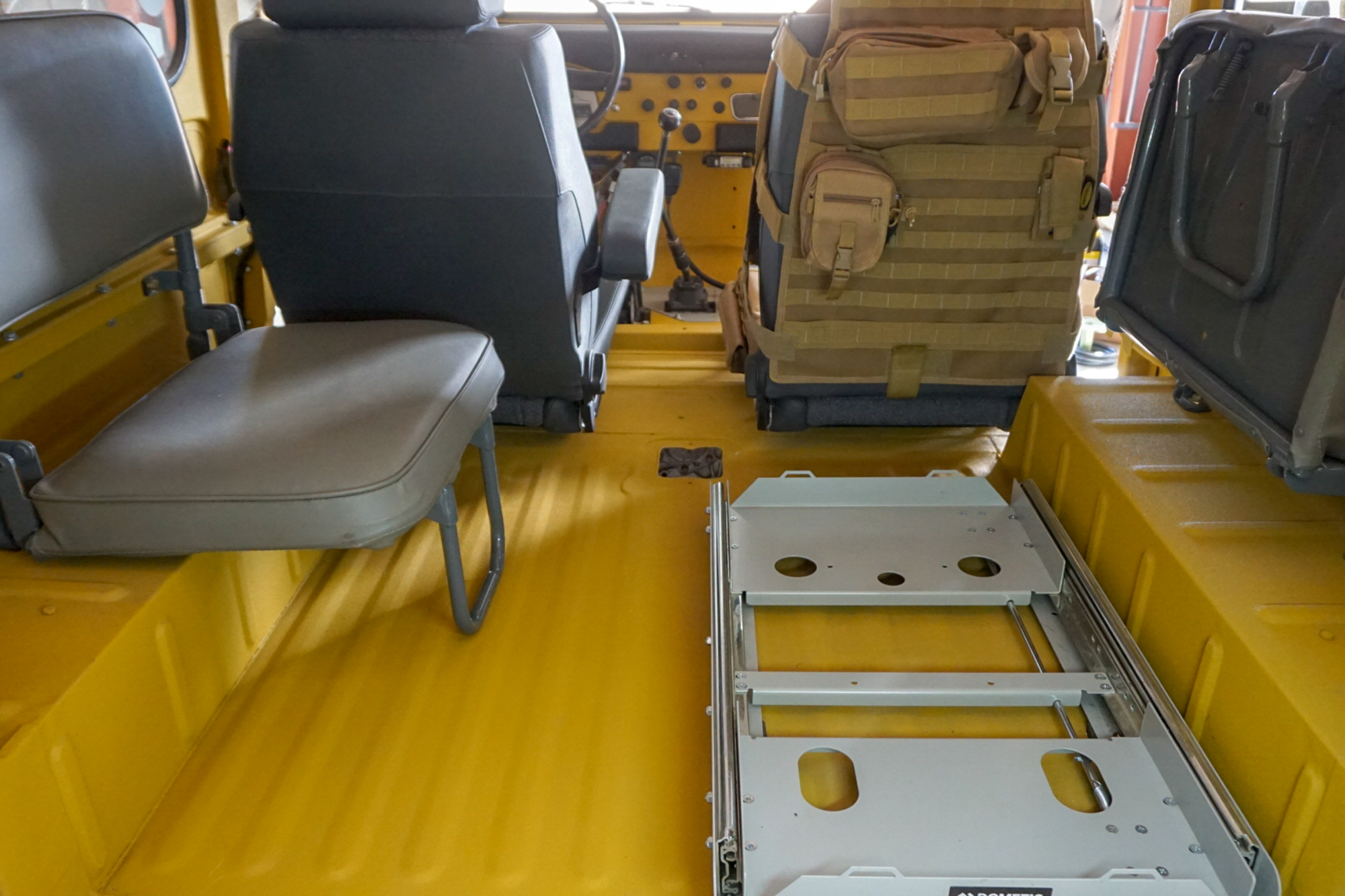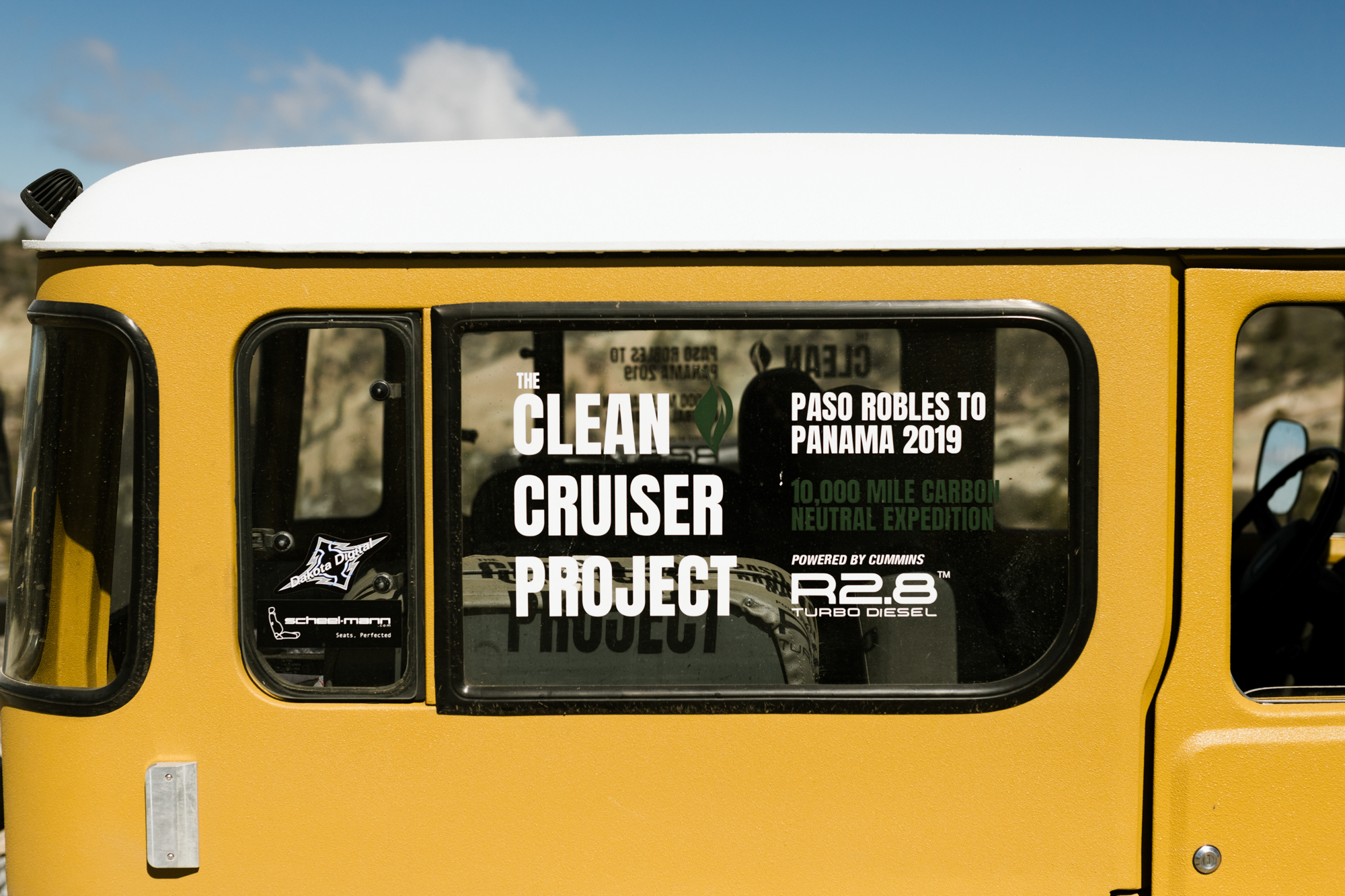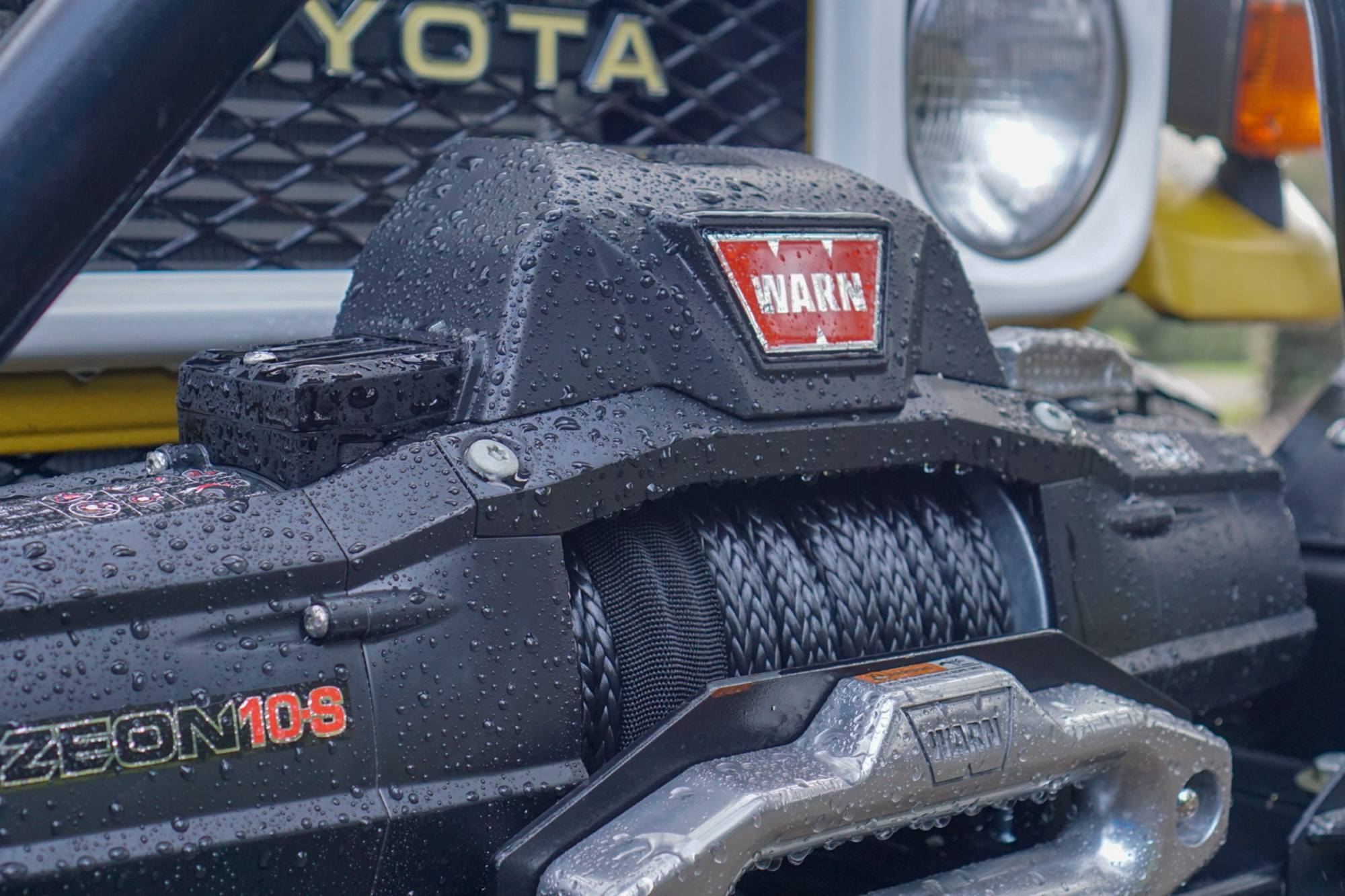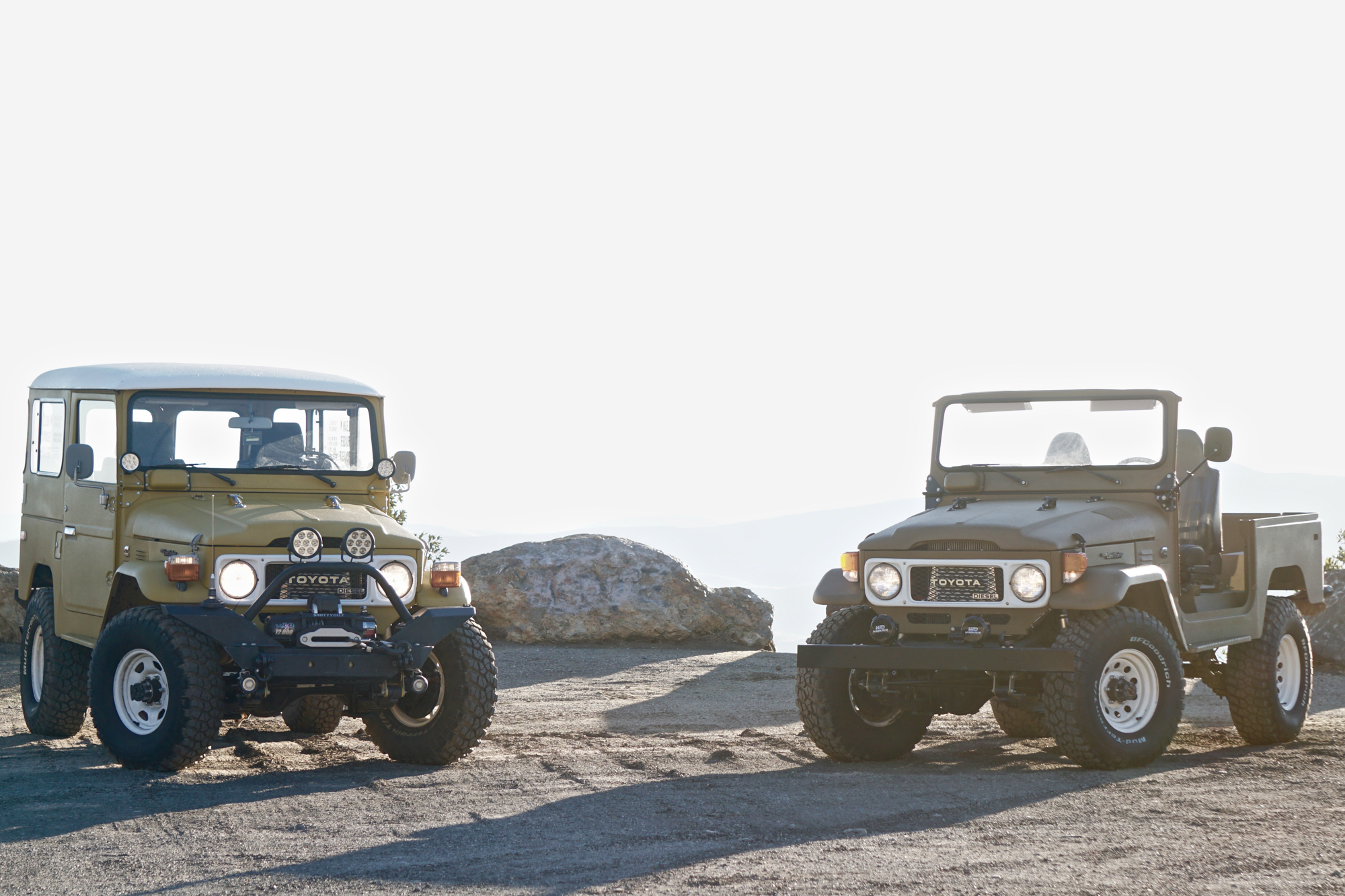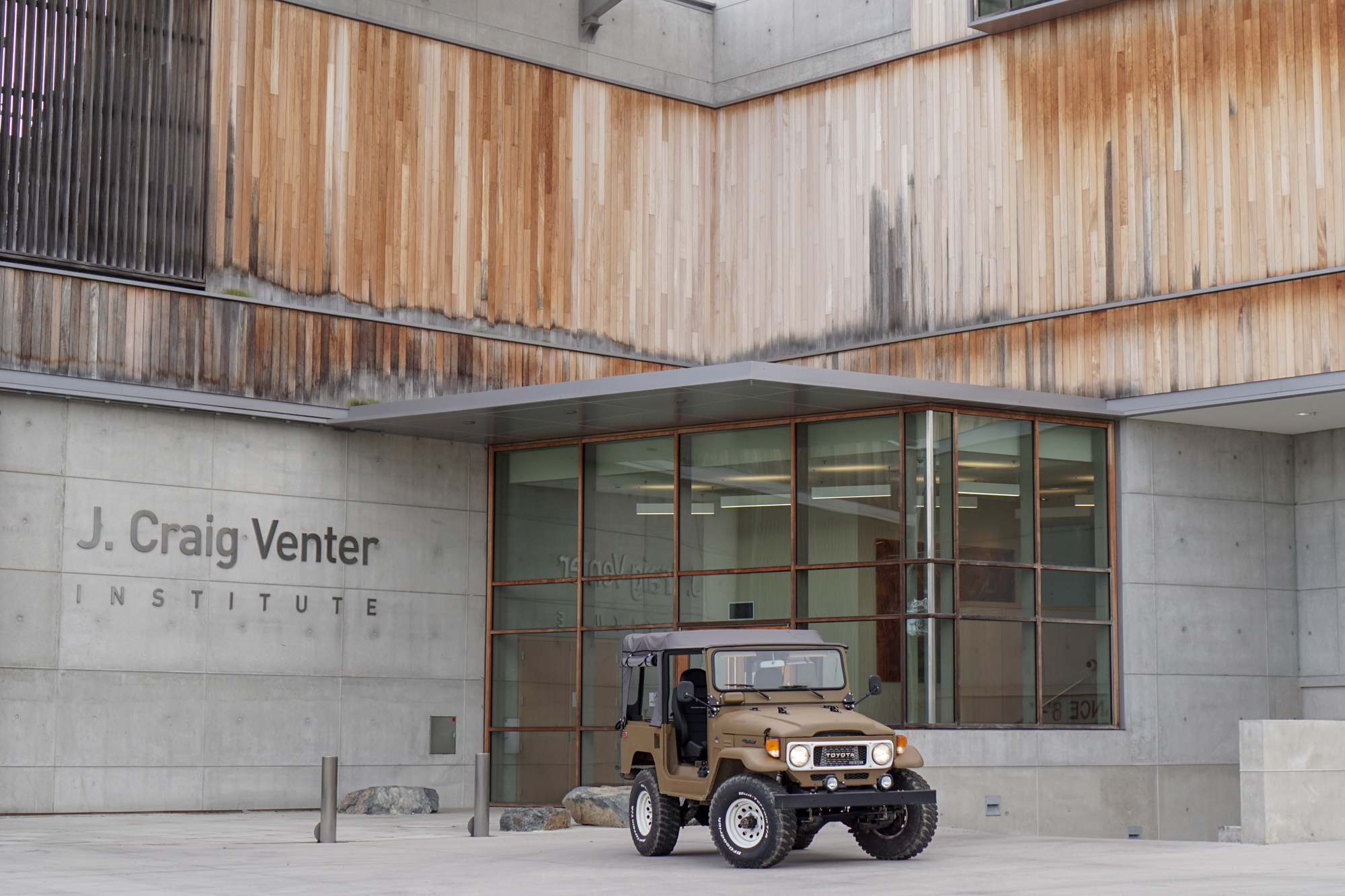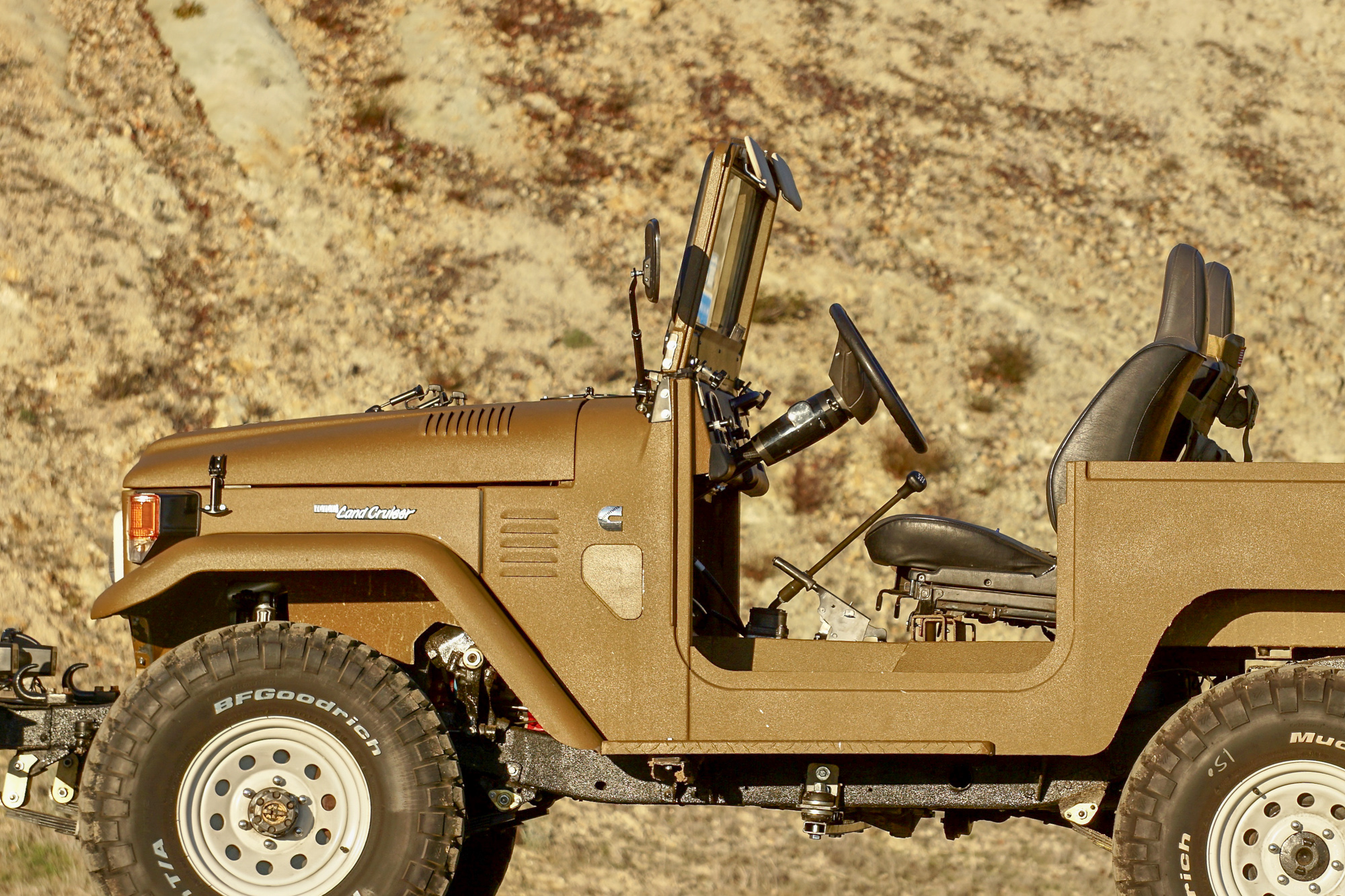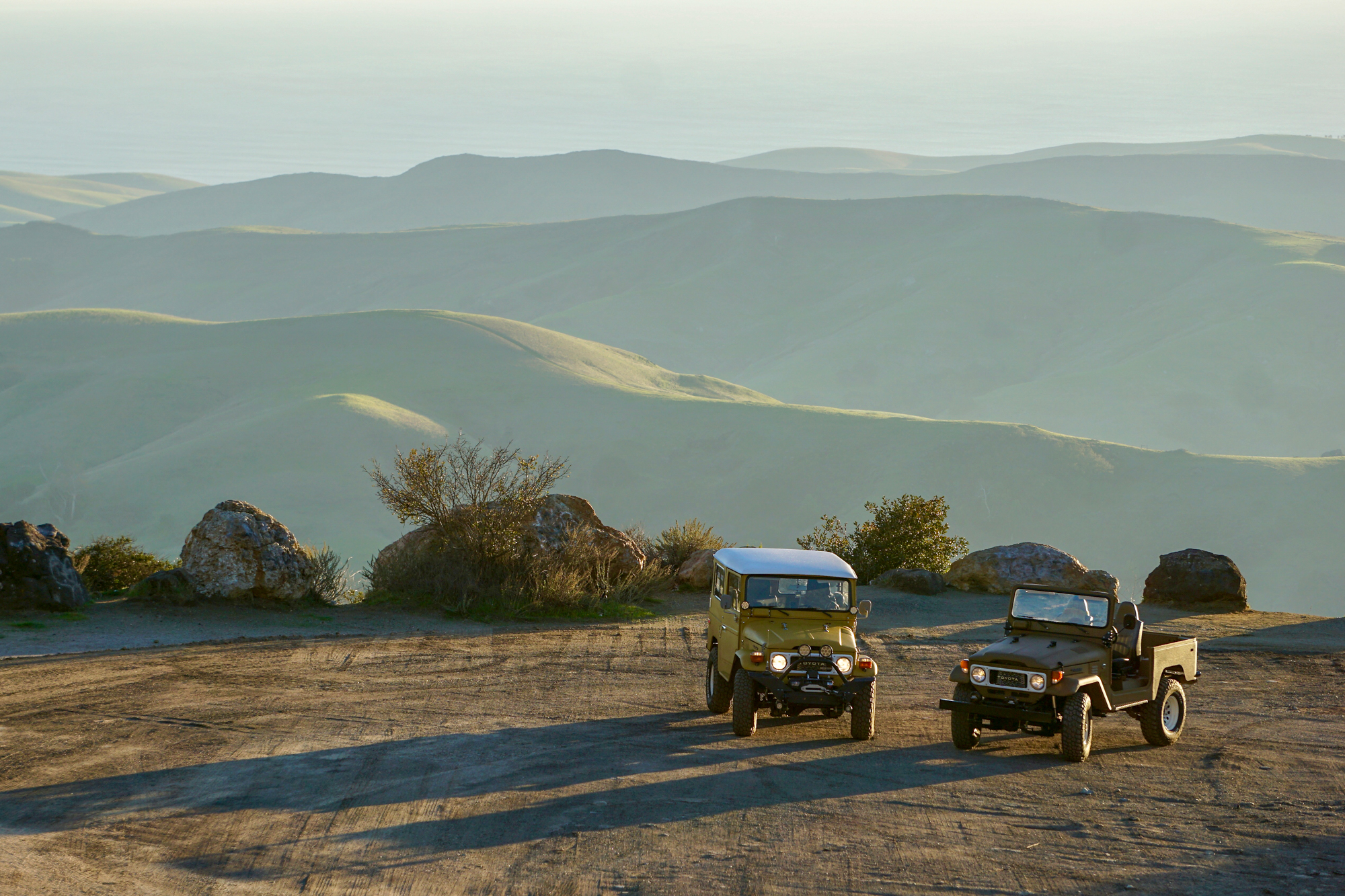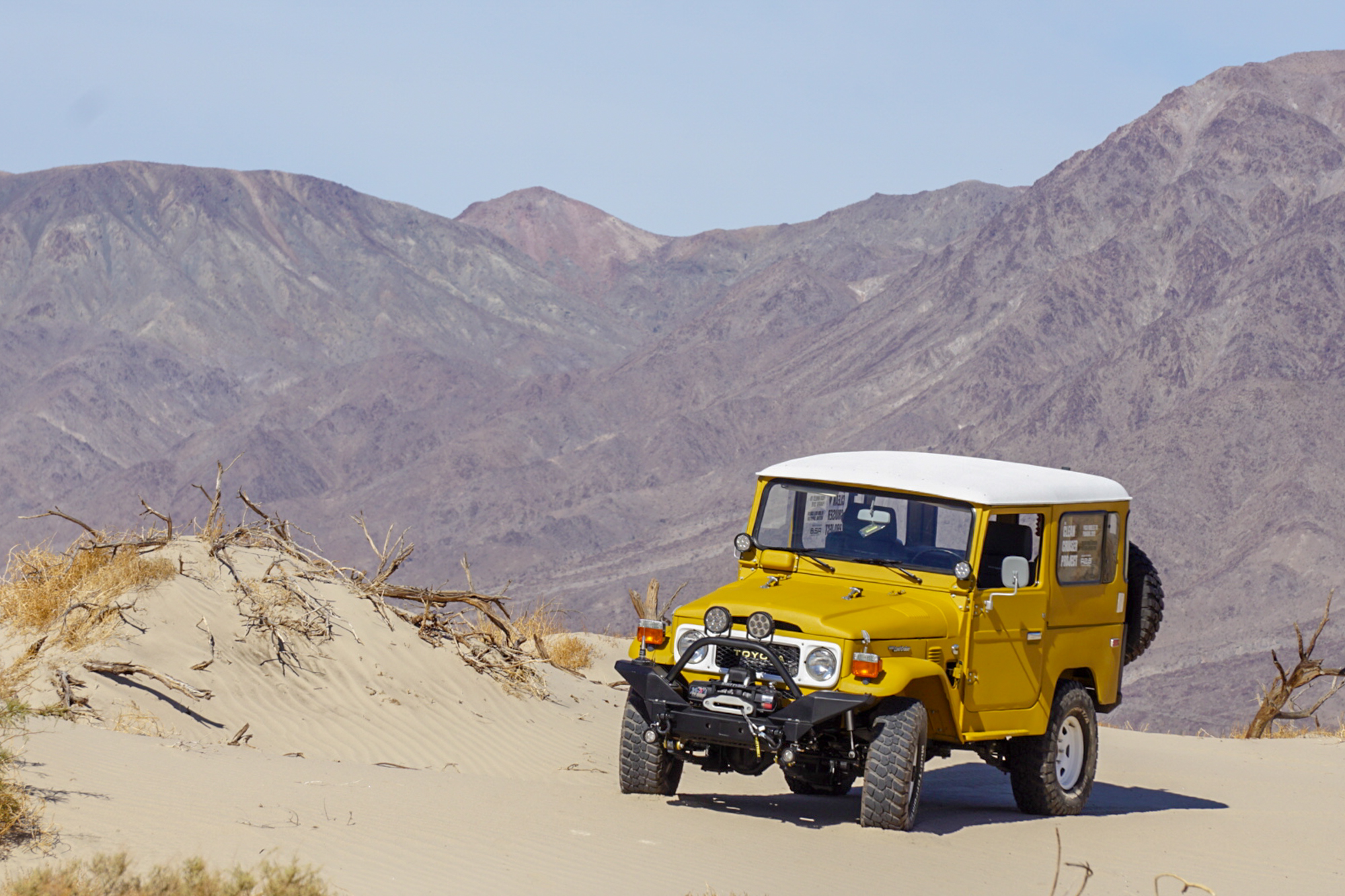Photography by Danny Pellissier and Nathan Stuart
In 2002 my father passed down his pristine 1994 extended-cab Toyota pickup to me. That truck led to a lifelong infatuation with Toyota off-road vehicles. Sixteen years later, I’m a 40 Series junkie, which means my pockets are empty, but my smile is full. Throughout the years I’ve put countless miles on a number of Toyota vehicles, exploring the Sierra Nevada mountain range, making multiple cross-country trips, and visiting over 30 states. In all that time, over all those miles, I never once thought about the environmental impact of my recreational vehicle.
It’s not that I didn’t care, I just hadn’t considered it. I felt like I did my part; like I was one of the “good ones.” I was taught to leave a campsite better than how I found it. If I came across trash, I picked it up. I stuck to established trails and could have been a poster boy for Tread Lightly. In recent years though, I’d started noticing that the views from my pristine getaways were becoming a little less remarkable, and I couldn’t help but contemplate how I had contributed to that.
In the winter of 2017, my good friend Nathan and I each purchased a diesel 40-Series Land Cruiser, loving the look and spartan design of these classic off-road vehicles. We primarily turned to diesel for the benefits of reliability and fuel economy. Not to mention, turning wrenches on a straight-four diesel is a bit simpler than dealing with all that comes with an F-Series engine.
We spent the next month or so beneath a cloud of body filler and rust, planning the adventure of a lifetime: an overland expedition from Paso Robles, California, to Panama. It may have been the fumes from the paint stripper, or maybe the twelve pack of Coors—in any case, we decided to add to the challenge by completing the combined 10,000-mile trip carbon neutral. We would turn to biodiesel and reforestation efforts to complete this task. Here’s where I risk losing about half of the readers.
Talking to off-road enthusiasts about sustainability, carbon offset, and environmentalism can be more intimidating than my last tour in Afghanistan. A large portion of the off-road and overlanding communities support land conservation efforts, so why are so many folks turned off by the idea of carbon neutrality? My guess is, they don’t want to be labeled tree-hugging hippies. I don’t give a darn what anybody calls me; I have a healthy respect for our planet.
After a few calculations, Nate and I discovered that by planting less than 200 trees in the lush rainforests of Central America, we could offset the emissions produced by our vehicles. That blew me away. It just seemed like the right thing to do. When you visit a campsite, you leave it better than you found it. Why shouldn’t we do the same with air?
As the vehicle restorations moved forward, we realized we were in for it. I blew the rings on my number three piston and was forced to rebuild the engine. Nathan’s Cruiser was Swiss cheese; he was looking at a full tub replacement. The leaf springs and dime store shocks were toast on both trucks. There was so much electrical tape on my wiring harness I could have formed a ball the size of my head.
We quickly learned that vehicle restoration is not a young man’s game, especially 40-Series restorations. Receipts began to pile up, and the restoration costs loomed over us like a bad storm cloud threatening to cancel our trip. We were going to need some help, or at very least some substantial discounts.
Nathan had been documenting the restoration process, so we defined our mission, designed a logo, put together a website, and began building a following on social media under the name The Clean Cruiser Project. We each spent roughly 40 hours a week working on the trucks, writing emails, making phone calls, and establishing a nonprofit—all that on top of our full-time jobs. Needless to say, we didn’t get much sleep.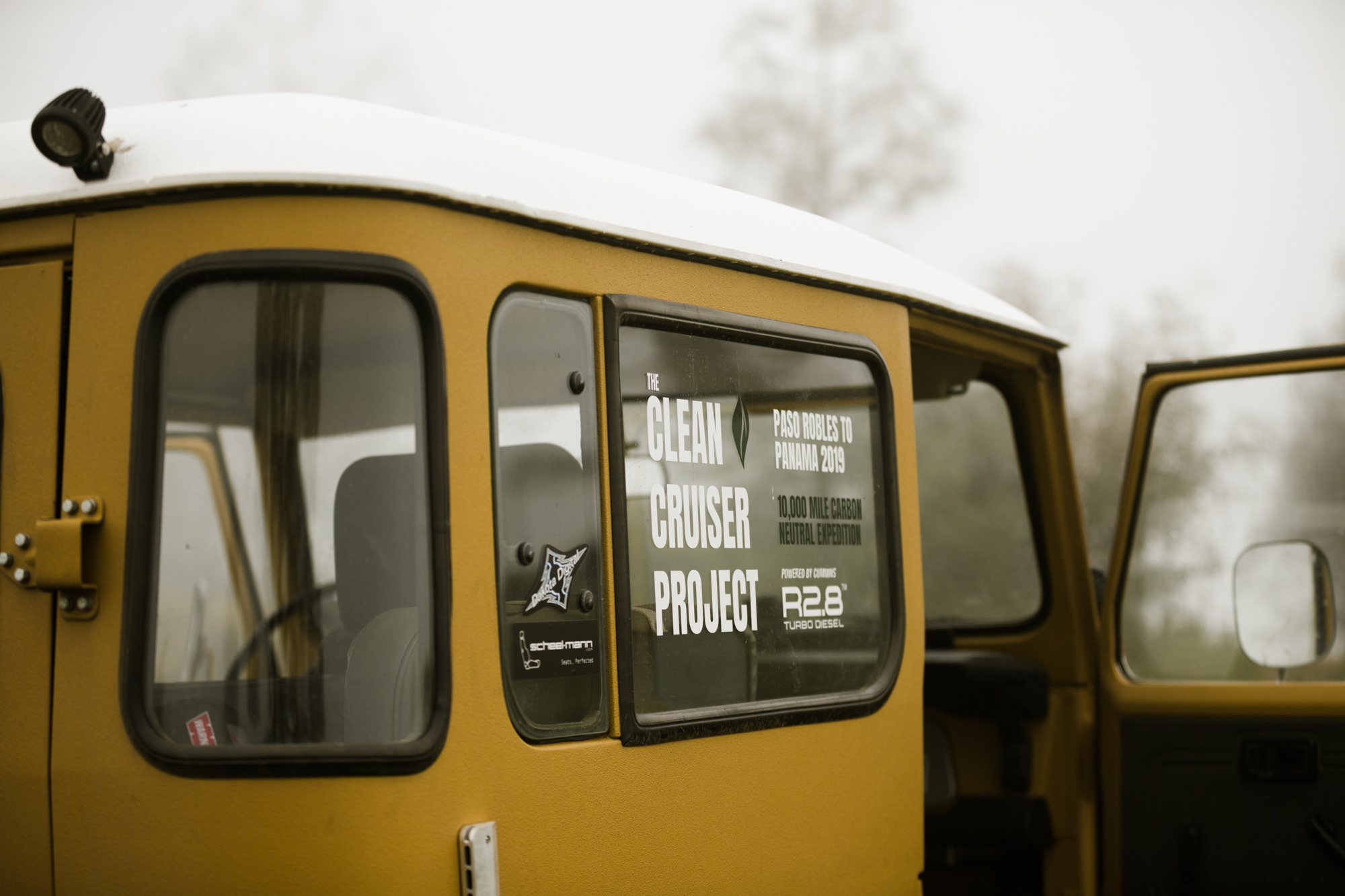
We weren’t sure how the industry would take our carbon neutral concept. At first, it was a struggle to get our foot in the door, but with persistence, the project began to gain momentum. In about six months we had gained sponsorship from roughly 30 companies, all supporting our mission to promote sustainable travel and conservation efforts around the world. When two brand-new Cummins R2.8 engines arrived on our doorstep, we knew that we had something.
This May, The Clean Cruiser Project will depart for Central America from Overland Expo West in Flagstaff, Arizona. Our journey will take us through seven countries, where we will document reforestation efforts, lands revived by regenerative agriculture, and the utilization of alternative fuels. We want to present stories of conservation, add in a bit of comedy, a lot of adventure, powerful imagery, and allow the viewer to form their own opinion.
While the environmental argument ensues, the view from your favorite remote hilltop is becoming a little less remarkable. Nathan and I don’t claim to have the answers, but you can follow along as we make fools of ourselves while searching for them!
Build Info
Nate’s Truck (aka Poncho): 1982 Toyota Land Cruiser BJ 42, Canada origin
- Color: Mustard Yellow
- Engine: Toyota 3B (repowered with Cummins R2.8)
- Transmission: 5-speed, NV4500
- Transfer: original 4-speed
- Suspension: ARB OME heavy load leaf springs ( plus 2.5 inches), ICON 2.0 shocks
- Tires: BFG mud terrain, 33 x 10.5 x 15
- Fuel Capacity: 40 gallons with Man-A-Fre aux tank
- Radiator: Champion 4-core
- Rear locker, Grizzly Yukon tub replacement (Land Cruiser Heaven)
Steve’s Truck (aka Lefty): 1979 Toyota Land Cruiser BJ40, Costa Rica origin
- Color: Olive Brown
- Engine: Toyota B (repowered with Cummins R2.8)
- Transmission: 5-speed NV4500
- Transfer: Original 4-speed
- Tires: BFG mud-terrain, 33 x 10.5 x 15
- Fuel Capacity: 40 gallons with Man-A-Fre aux tank
- Radiator: Champion 4-core
- Rear Locker: Grizzly Yukon Tub Replacement, Aqualu Industries
Learn more at www.cleancruiserproject.com or on Instagram and Facebook @CleanCruiserProject



